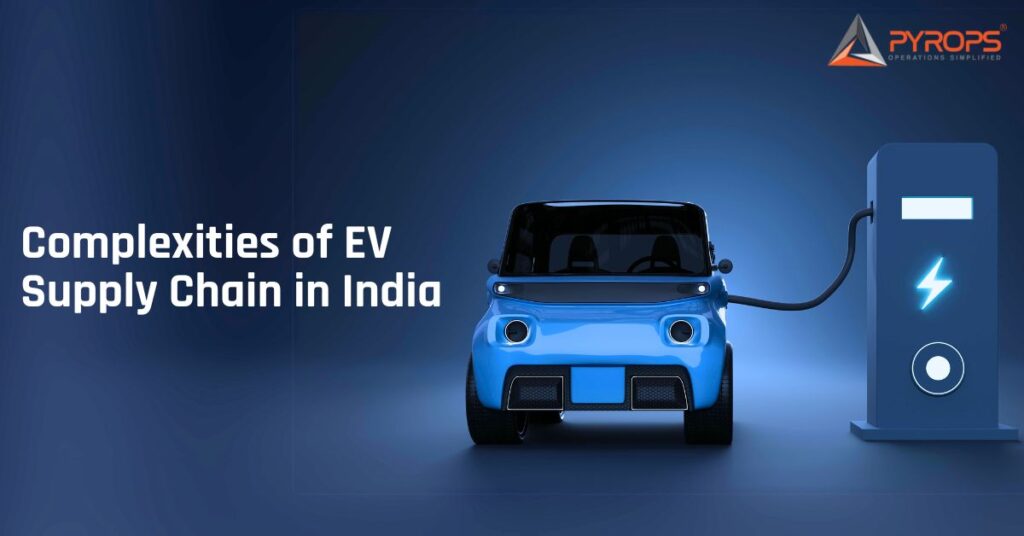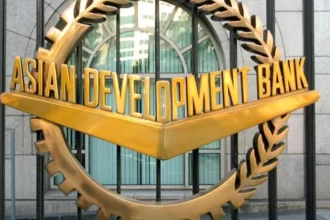India’s electric vehicle (EV) revolution is gaining momentum, fueled by government ambitions and rising environmental concerns. However, this transition from gas-guzzlers to zero-emission machines exposes vulnerabilities in the country’s existing, just-in-time (JIT) dominated internal combustion engine (ICE) vehicle supply chains. This article delves into the complexities of EV supply chains in India, highlighting areas requiring strategic planning and adaptation to keep pace with this electrifying transformation.
From Streamlined Flow to Complex Calculus: JIT vs. EV Realities
The cornerstone of traditional ICE supply chains is the JIT principle. This method minimizes inventory by relying on precise delivery schedules from a network of established component suppliers. This efficiency thrives on high production volumes and well-defined component specifications. However, the Indian EV industry paints a different picture. Dominated by a multitude of small manufacturers catering to a nascent market, production volumes are considerably lower, rendering the traditional JIT approach impractical.
Further complicating matters is the fragmented nature of the EV supply chain. Unlike their established counterparts in the ICE world, EV component manufacturers, particularly those dealing with critical parts like batteries, are often smaller and lack the economies of scale to offer the same level of flexibility and responsiveness. This necessitates a shift towards improved planning systems within the EV supply chain, incorporating not just internal production schedules but also external factors like global raw material availability and geopolitical tensions.
The Spare Parts Labyrinth: Forecasting in the Face of Uncertainty
The limited availability of spare parts for EVs presents another hurdle. Unlike their ICE counterparts with a long history of component standardization, the rapid evolution of EV technology creates a forecasting nightmare. The lack of historical data on EV usage patterns makes predicting future spare part requirements a challenge. This uncertainty can lead to insufficient stock or overstocking of obsolete parts, impacting customer satisfaction and tying up valuable working capital.
The aftermarket for EV parts is also in its early stages. While traditional repair shops are slowly adapting to EVs, the widespread availability of skilled technicians and spare parts remains a concern. To bridge this gap, EV manufacturers need to be proactive. This might involve robust training programs for service personnel and the creation of efficient distribution networks for spare parts, ensuring a seamless after-sales experience for EV owners.
The Battery Conundrum: Dependence and the Quest for Self-Reliance
Lithium-ion batteries, the heart of EVs, contribute significantly to their overall cost (30-40%). Currently, India relies heavily on imports for battery cells, creating a vulnerability to price fluctuations and supply chain disruptions. The fragmented nature of the domestic battery supplier base further complicates matters. The absence of established, long-term partners with the capacity to meet the needs of a growing industry necessitates strategic partnerships and investments in domestic battery manufacturing. This push for self-reliance will not only bolster India’s EV ambitions but also create new job opportunities and strengthen the country’s position in the global EV landscape.
Navigating a Technological Minefield: Forecasting a Moving Target
The rapid evolution of EV technology presents another challenge for supply chain planning. Aggressive forecasting based on current trends can lead to dead stock if newer, more efficient battery technologies emerge rapidly. Conversely, a conservative approach might hinder production if demand outpaces supply. Navigating this technological flux requires a flexible and adaptable supply chain that can quickly adjust to changing market dynamics. Here, fostering collaboration with global technology leaders and research institutions can provide valuable insights into upcoming advancements, enabling Indian manufacturers to stay ahead of the curve.
The Road Ahead: Building a Future-Proof EV Supply Chain Ecosystem
The success of India’s EV industry hinges on building a robust and adaptable supply chain ecosystem. This necessitates a multi-pronged approach:
- Government Intervention: Continued policy initiatives promoting domestic manufacturing of EV components, including batteries, are crucial. Additionally, streamlining import processes for essential raw materials can ensure smoother production flows.
- Industry Collaboration: Fostering partnerships between established ICE component manufacturers and EV startups can leverage existing expertise and infrastructure to create a more robust and efficient EV supply chain.
- Investing in Planning: Implementing sophisticated demand forecasting and inventory management systems will be critical for navigating the uncertainties of the EV market. This can involve incorporating external market data, geopolitical considerations, and technological advancements into forecasting models.
- Skilling the Workforce: Developing a skilled workforce for EV repair and maintenance is essential to ensure efficient after-sales service. This can involve collaborating with vocational training institutions and existing repair networks to bridge the skills gap.
By addressing these challenges head-on, India can create a resilient EV supply chain that can support the industry’s growth and propel the nation towards a cleaner and more sustainable transportation future. This, in turn, can pave the way for India to become a global leader in the EV revolution.







